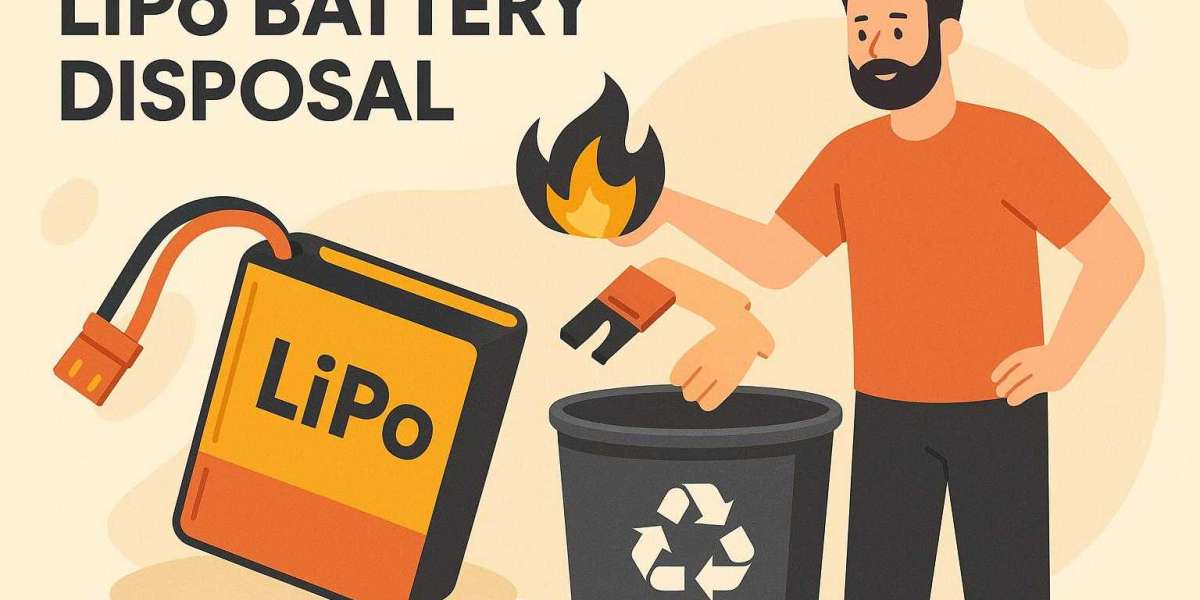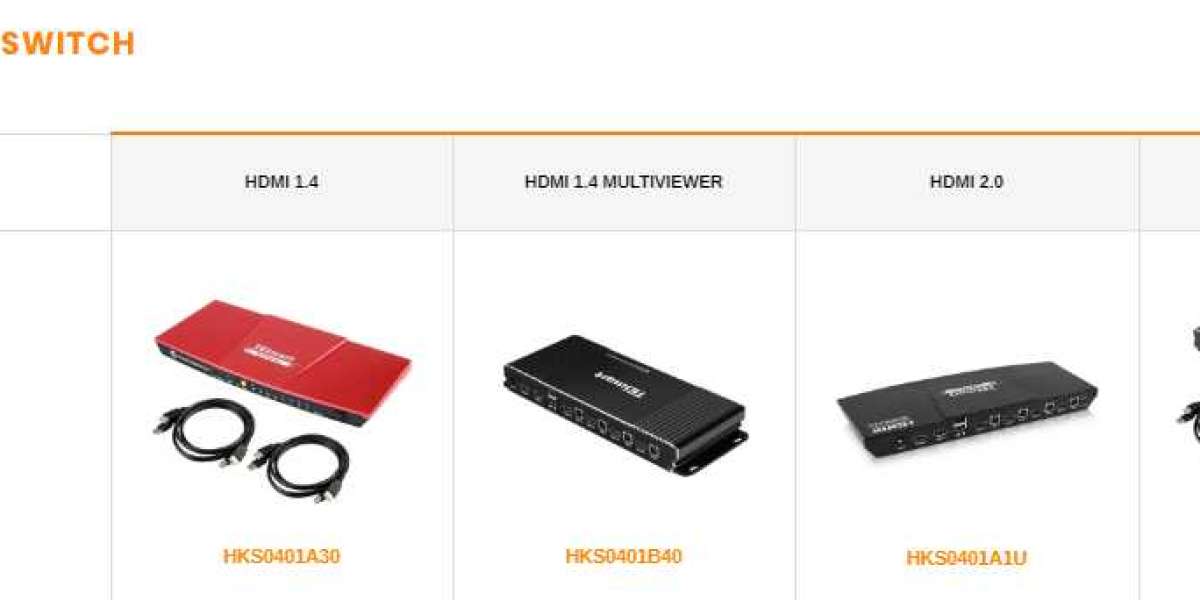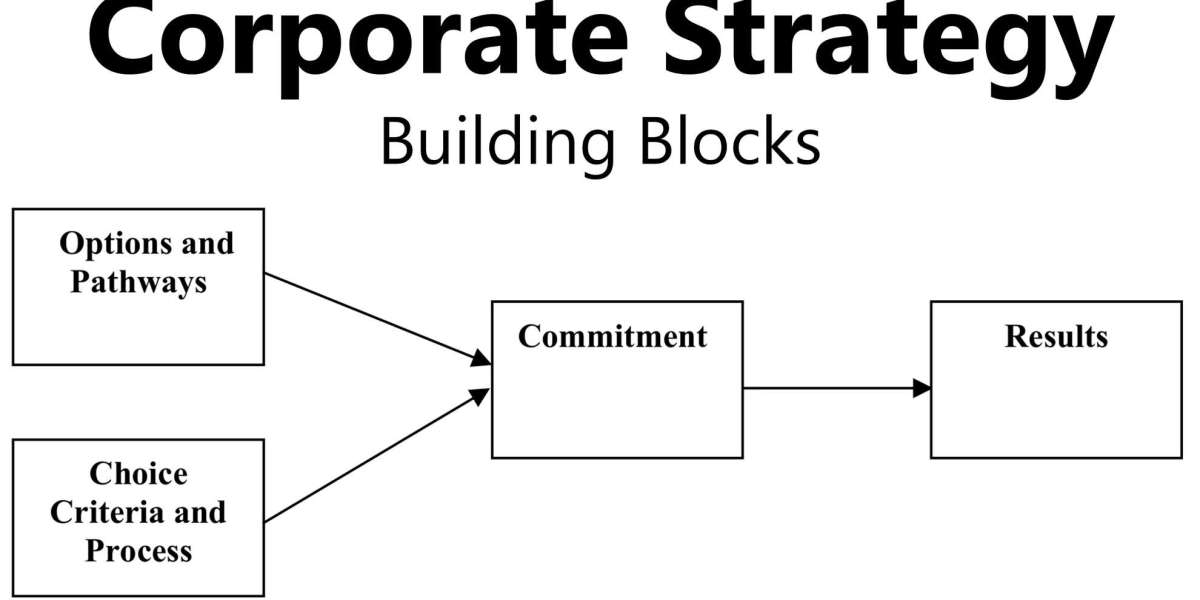If you’ve ever shopped for LiPo batteries, you’ve likely seen the "C rating" on every pack. But what does it mean, and why does it matter? The C rating of a LiPo battery is a critical spec that tells you how fast the battery can safely discharge its energy. For RC pilots, understanding this rating is key to choosing the right battery for your aircraft.
The C rating represents the maximum continuous discharge rate, calculated as a multiple of the battery’s capacity. For example, a 2200mAh battery with a 25C rating can deliver 25 × 2.2 = 55 amps of continuous current. Choosing a battery with too low of a C rating can result in power sag, overheating, or damage to both the battery and your electronics.
High-performance drones and aircraft that require bursts of power—like during takeoff, vertical climbs, or racing—benefit from higher C ratings, often in the 50C to 100C range. However, higher C-rated batteries may be heavier or more expensive, so it's important to match your choice to your specific needs.
For everyday flying or gliders, a moderate C rating is usually sufficient. Going beyond your needs adds unnecessary weight and cost. To find the right match, refer to resources like lipo c rating guides for model-specific advice and charts.
It's also worth noting that not all C ratings are honest. Some manufacturers inflate numbers for marketing. Trusted brands and real-world testing are the best ways to verify true performance.
Understanding and applying the C rating properly will ensure your RC model gets the current it needs without risking damage or reducing battery life.






